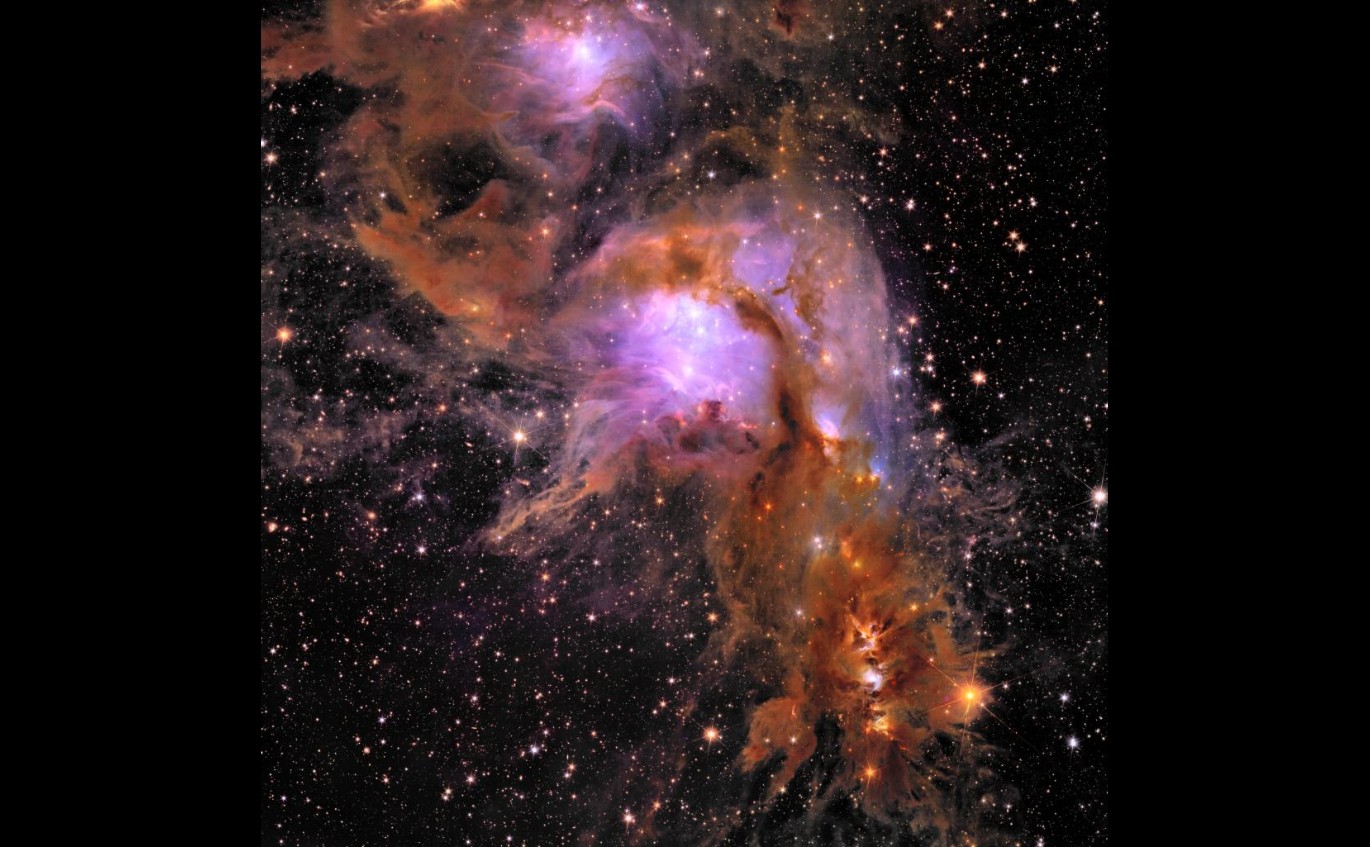
Good morning. It's May 24, and today's photo comes from the European Space Agency's new Euclid space telescope.
Launched in July 2023, the mission is intended to create a giant map of the Universe, across more than one-third of the nighttime sky. Its big-ticket goal is to help scientists better understand the nature of dark matter and dark energy, which account for the vast majority of the mass in the Universe—but about which we know almost nothing.
On Thursday the mission's operators released five images, each of which was taken shortly after the instrument's launch. The image in this post features the Messier 78 object, a star nursery wrapped in interstellar gas some 1,300 light-years from Earth.
According to the European scientists, "Euclid peered deep into this nursery using its infrared camera, exposing hidden regions of star formation for the first time, mapping its complex filaments of gas and dust in unprecedented detail, and uncovering newly formed stars and planets. Euclid’s instruments can detect objects just a few times the mass of Jupiter, and its infrared ‘eyes’ reveal over 300,000 new objects in this field of view alone."
It's fabulous.
Source: ESA/Euclid/Euclid Consortium/NASA, image processing by J.-C. Cuillandre (CEA Paris-Saclay), G. Anselmi


3175x175(CURRENT).thumb.jpg.b05acc060982b36f5891ba728e6d953c.jpg)
Recommended Comments
There are no comments to display.
Join the conversation
You can post now and register later. If you have an account, sign in now to post with your account.
Note: Your post will require moderator approval before it will be visible.